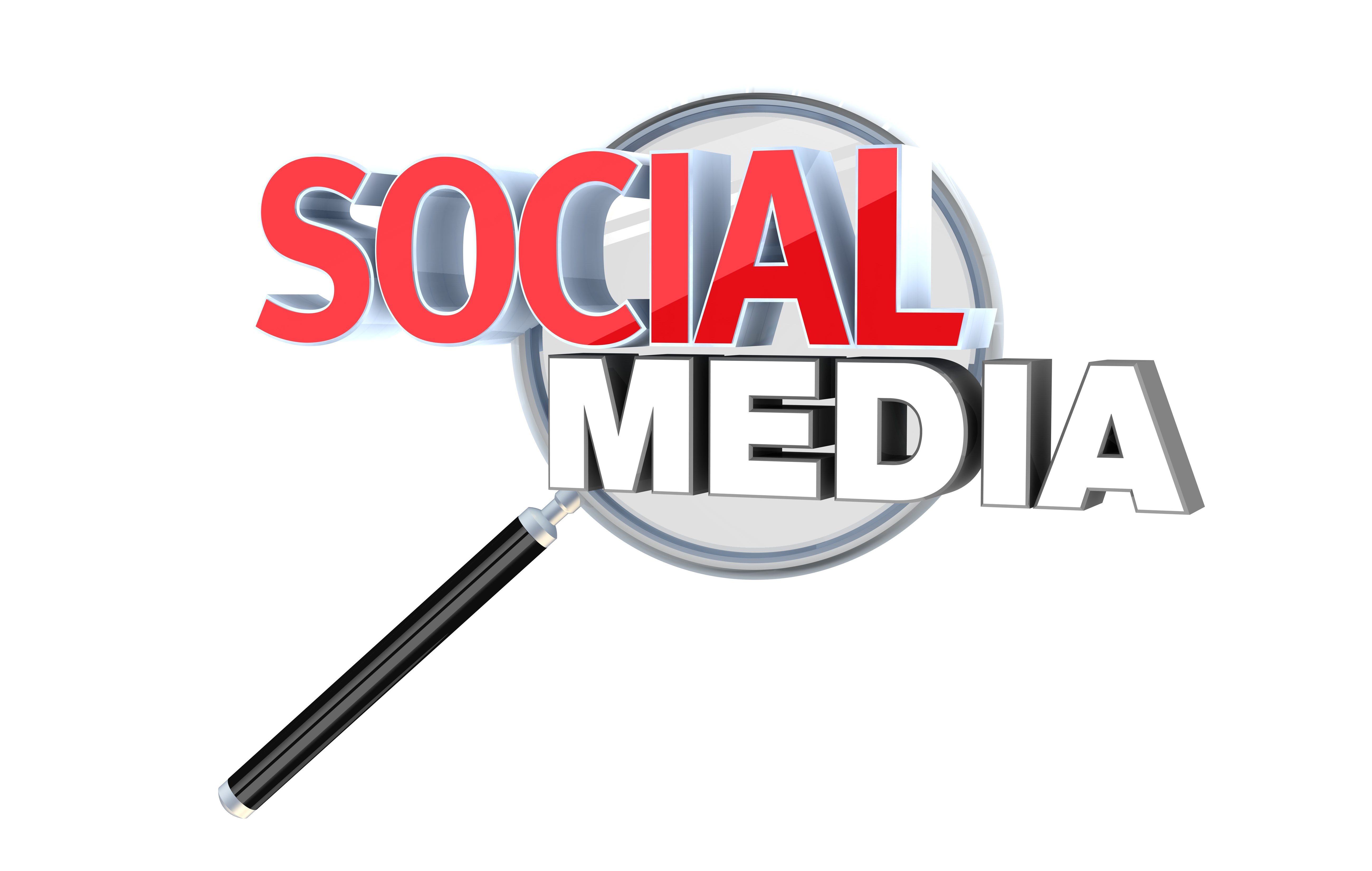The overlap in multi-channel communications
The options and tools for communication abound and the messages are splintering. Your message is not being heard enough. Sound familiar?
In the maelstrom of figuring out the right marketing strategy in today’s internet/social media enhanced world, it seems one of the biggest zones of confusion is who is responsible for what? This is especially evident in the midst of an eCrisis. Even in ‘normal’ times, I have observed many people stepping on each other’s toes. Not necessarily on purpose, I will add. However, the messaging between brand, PR, HR and corporate communications is at best confusing and, at worst, counterproductive. Whereas in the past, the different channels were somewhat independent of one another, today all four exist rather openly on the Internet.
How is communication to be organized?
The classical way to organize Communications is by defining the territory of each department according to the intended audience and the communication vehicle. Here is an example of how that will look like:
- Corporate Communications = corporate communiqués to stakeholders (stockholders, authorities, partners, employees…)
- P.R. = press releases to media (eg magazine editors)
- Marketing = commercial message to customers
- H.R. = employer branding to potential employees.
In each case, however, the media channels have, at least to some degree, merged meaning that there is much less clarity in the channel. A Google search for a brand can come up with examples on the same page of all four types of messages. The web is a grand and disorienting meeting point for communications.
Secondly, the employee is a secondary — if sometimes unintended — target of these communications. More significantly, the employee will likely be the only person to hear and pay attention to each message. The issues, thus, are twofold:
1. Alignment and coherence
Is there alignment between the messaging in each segment and is the message coherent with the de facto experience for the employees? It is my conviction that CEO’s and their Corporate Communications departments should be more attentive to the overall coherence of these multiple level messages.
2. Consistent and authentic
How consistent and authentic are those messages and, therefore, to what extent can they be internalized by the employees? The better they resonate within the employee base, the better the chances of amplification throughout the web. In today’s media environment — specifically with the social media aspect — the strength of the message is inevitably carried out by an individual, typing at some terminal. Stripping out the BS and injecting personal sentiment is how amplification can happen. If the employee feels the message is appropriate, there will be a greater chance of engagement.
Some suggestions?
I have three thoughts for how to help steer the right course:
- H.R. needs to focus more on the employee as the brand rather than on Employer Branding to prospective candidates; typically, to avoid the risk of disillusionment of new employees. In a world that is increasingly transparent, t is the de facto experience of employees that will drive the real attractiveness of a company to a propective candidate.
- Corporate Communications should be encouraging a personal presence online by the C-suite (e.g. a 1st person blog). To the extent, messages with emotional, opinionated or entertaining content are most often shared, communication must become a more personal affair.
- With journalists now amply on Twitter and Facebook, Marketing and P.R. teams need to work seamlessly together to make sure that the commercial and PR messages are consistent and well targetted.
Which of these recommendations resonate with you? What are the other ways to avoid communication foulups?













2 more questions as a reply to you!
– Is it for HR to focus on employee as a brand, or internal comms (or employee comms) within Corporate Communications?
– it's not just alignment and coherence. Employees want to know more and won't be satisfied with a short statement. But corporations will be uncomfortable to share more even internally… 😉
Good points Stéphane.
The "employee as a brand" is a complex affair, requiring work on the work environment itself, management style and some form of integration of employees into the marketing space. Ideally, employees are living — at least to some degree — the values and message being communicated to the clients.
To your second point, we are touching on that tricky point: transparency. And, yes, that is key to garnering greater trust — which is so missing inside and outside companies.
I love "tricky subjects". The fact today is that employees often find their communication messages from external sources quicker than internally, so while HR is able to communicate on specific programmes or benefits, external comms needs to realise that they are communicating internally just as much.
We have a saying, "Re-recruit your employees every day."
On the other hand, there is often a love-hate relationship between HR and Comms. We better wake up!
Thanks for this post!
Hi Michael,
Yes, it is indeed a tricky topic. I love your expression to "re-recruit" your employees every day. I think that is a very important mindset.
As for the love-hate, I have a feeling that the love-hate exists between many functions, especially those that exist in companies whose departments operate with a top-down, silo-based culture. Take, for example, sales and marketing, developmental and operational marketing, customer service & sales, marketing and IT, marketing & legal… where there are inevitably objectives that are are at counter purposes.